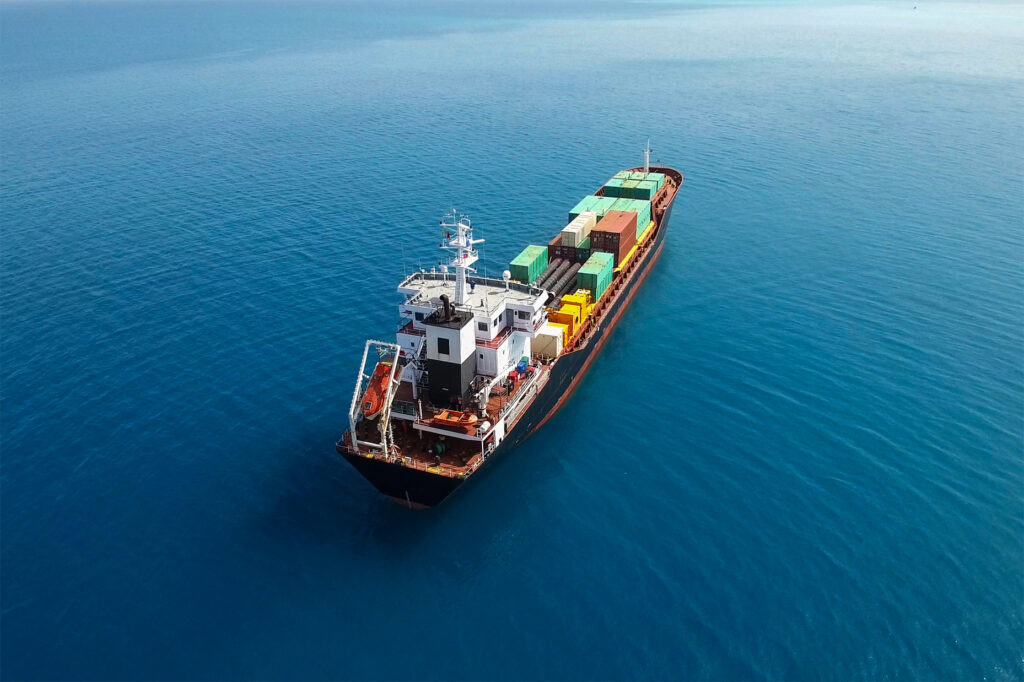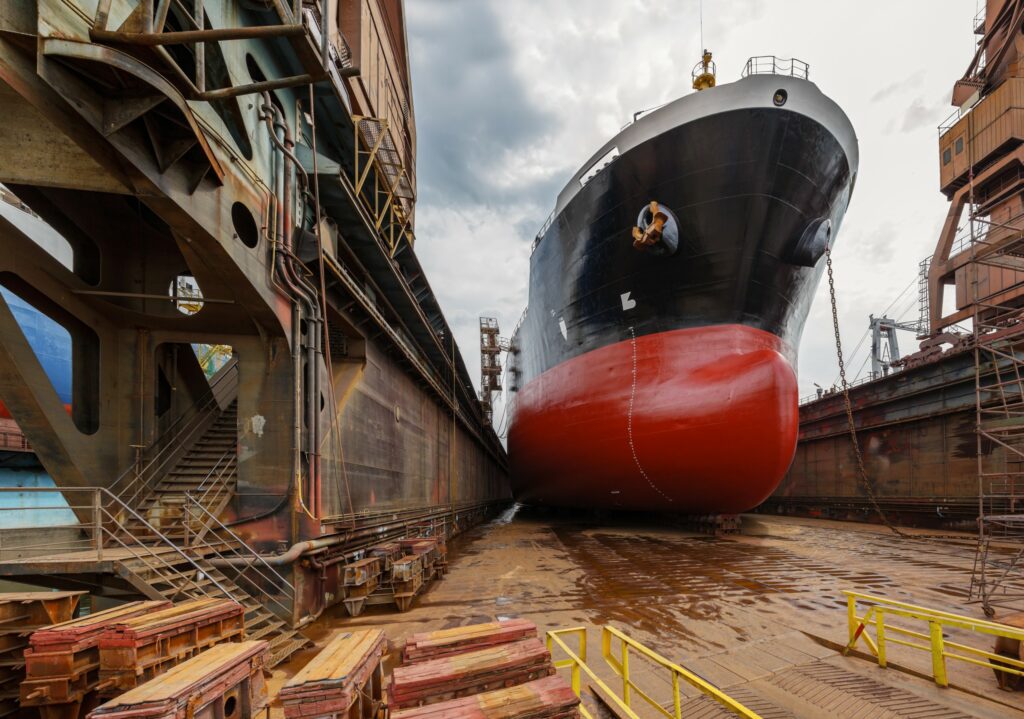Setting sail to net-zero by 2050
Will the IMO’s GHG emissions reduction strategy for shipping work?
Welcome winds of change recently hallowed through the hallways of the International Maritime Organisation (IMO), as the Marine Environmental Protection Committee in its 80th session (MEPC 80), came to meet last July. The 175 IMO member states decided to adopt the revised strategy on the reduction of GHG emissions from ships, and up the stakes for the maritime sector to reach net-zero by 2050 – a huge step in the green direction from its initial commitment in 2018 to cut emissions by 50% during this time period.
Whilst encouraging to see maritime industries taking their contribution to reaching net-zero, seriously, is our current compass pointing due north to help us get there, and if not, what needs to happen to set us on course?
What’s in the IMO’s revised strategy?

All member states have agreed to enhance the international shipping industry’s contribution to global efforts in addressing greenhouse gas (GHG) emissions, with a revised strategy to achieve net-zero GHG emissions by 2050.
Putting structure to the process, the IMO has also set out checkpoints to track incremental progress on emissions reduction from today to 2050:
- 20%, striking to 30% reduction by 2030 relative to 2008 total annual GHG emissions
- 70%, striving to 80% by 2040
Member states also discussed how to increase the uptake of near-zero or zero GHG emission technologies and alternative fuel sources, setting a goal for these to represent at least 5% of the energy used by shipping by 2030, striving for 10%.
The carbon intensity of ships (CII) is expected to decline through further improvement of energy efficiency in new ship design, with the CII going under review by 2026. Though some believe it’s a little late, this will still guarantee wider engagement in energy efficiency technologies.
Plain sailing ahead?
The strategy represents a clear improvement over the IMO’s initial GHG strategy set in 2018, as it includes more ambitious targets and absolute emissions reduction targets for intervening years. However, much more has to be done to develop the regulation that will implement the strategy.
The indicative checkpoints, whilst putting a timeline to hold the industry to account by, lack binding intermediate targets for 2030 and 2040.
The strategy also falls short of the goal to stay below 1.5 degrees Celsius of global warming, as it requires greater reductions in GHG emissions by 2030, 2040, and 2050.
Finally, a big challenge that persists is the late implementation of midterm and economic measures to precipitate action from industry stakeholders, with economic measures not scheduled to come into force earlier than 2027. it is critical that the regulations that implement the strategy are developed as soon as possible.
Overall, although the strategy is not legally binding, it signifies a significant step forward for the maritime industry and is the most prominent commitment to energy transition yet made by the industry. Regulations will be prepared and enforced based on the strategy. The agreement is expected to accelerate investment in decarbonization technologies and operational measures in the shipping industry. Some individual states may even anticipate IMO regulations, similar to the UK’s and the EU Emission Trading Scheme (ETS).

In terms of implementation, ready technologies such as hydrodynamic improvements, slow steaming, wind-assisted propulsion, ports’ shore power, voyage optimization, low friction coating and other operational measures could be adopted from today. Promising technologies that could and should receive more investment for research and development include onboard carbon capture and alternative H2-based e-fuels. The entire supply chain for carbon capture and storage and alternative fuels will also have to be developed in order to achieve net zero carbon in shipping.
ABL’s thoughts on transitioning maritime to a green energy future
Whilst we are encouraged by the revised strategy, there is still a way to go in making good on these energy goals. More binding commitment, regulation and incentivisation are needed now to unlock opportunity for larger-scale decarbonisation and sustainable development across maritime industries, that will have a lasting impact.

The establishment of green shipping corridors, as set out by the Clydebank Declaration, is essential for the scalable energy transition of the sector. If by 2030 5% of shipping fuels are net-zero with the capacity for expansion, these can be rolled out further-afield producing a knock-on effect around the world. This requires significant R&D into non-traditional fuels such as hydrogen and ammonia. As well as investment in the supply chains and supporting infrastructure for alternative fuels, novel efficiency technologies, digitalisation in shipping and wind propulsion. Ultimately all these new products and technologies will need assistance to achieve sufficient economy of scale that will allow an attractive and competitive price point. ABL and sister company OWC, has first-hand experience of this in the development of renewable wind and solar energy.
Port infrastructure itself is increasingly feeling the heat and looking at ways to integrate with green energy resources where possible. From multiple technical due diligence projects, we have seen that there is often opportunity for ports to integrate with local green energy resources, transitioning their own business practices, whilst also driving energy efficiency in ports at berth, with access to shore power. Renewable hybridisation and power to x projects are growing in number and relevance, but detailed R&D is crucial to drive competitive development that will ensure the technologies are scalable.
As a first port of call to taking action though, you need to understand where your emissions come from. We developed and operate a digital solution to track and calculate a port’s complex emissions footprint. The platform, emiTr, designed in collaboration with Shoreham Port, works on a triple A basis: assessment, audit and abatement, bringing in the expertise of our multidisciplinary renewable energy consultancy teams.
In conclusion, the GHG emission reduction strategy from the IMO is wholly welcome, but more decisive and larger-scale action needs to be taken to ensure we accelerate maritime decarbonisation from now onwards, and that we are looking at development on the larger global scale for lasting impact.

Stefano Scarpa
Associate Director, Maritime Decarbonisation
Find out more about ABL’s work in clean shipping and emissions consulting:
